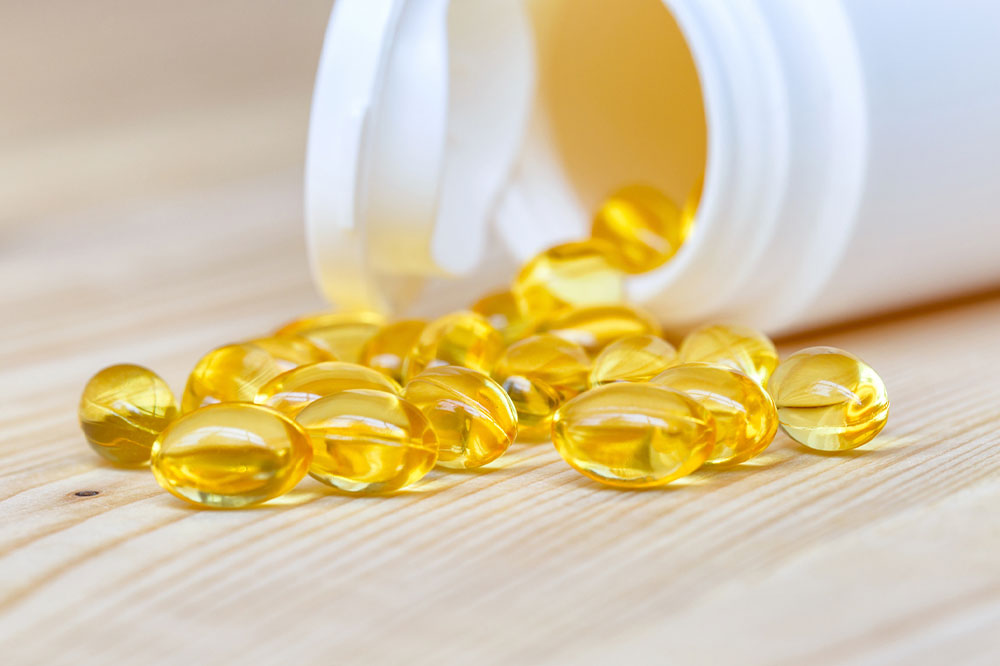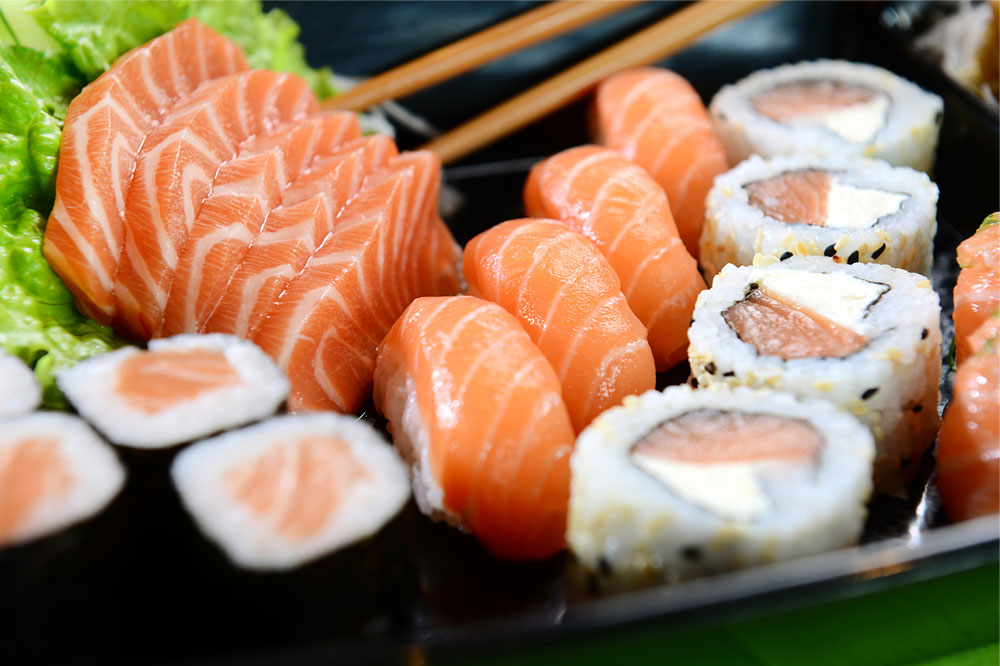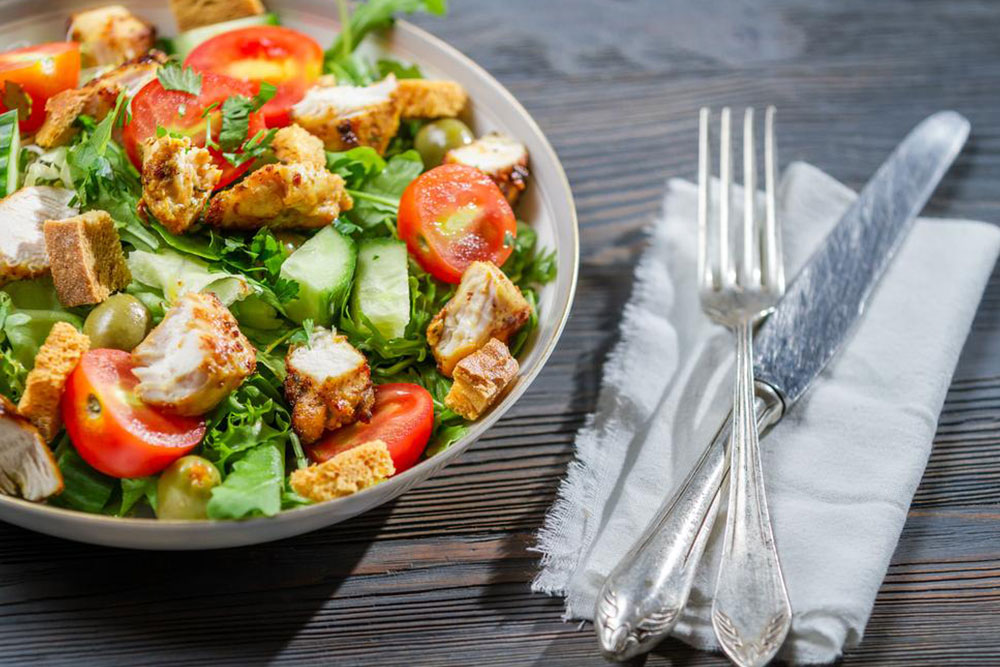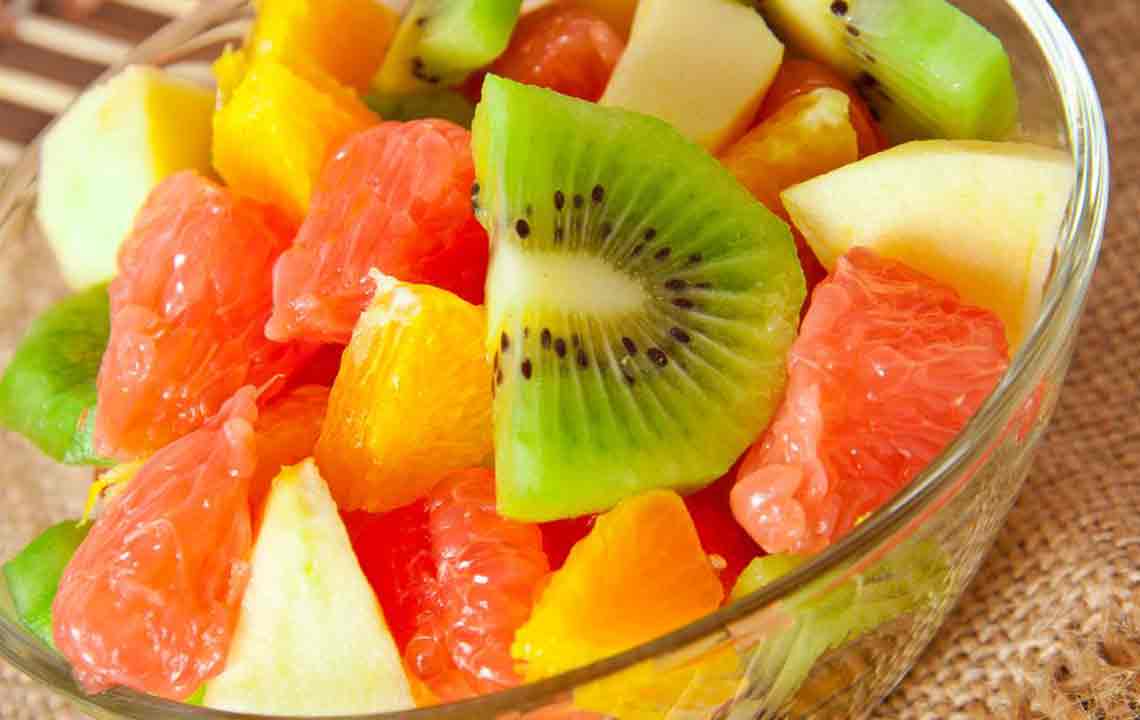Understanding the Importance of an Alkaline Food Guide
Discover the significance of an alkaline food guide and how it promotes optimal health. Learn which foods to include or avoid, and get practical tips for balancing your body's pH through diet. This comprehensive guide supports long-term wellness by emphasizing fruits, vegetables, and whole grains that help maintain bodily harmony and prevent acidity-related health issues.
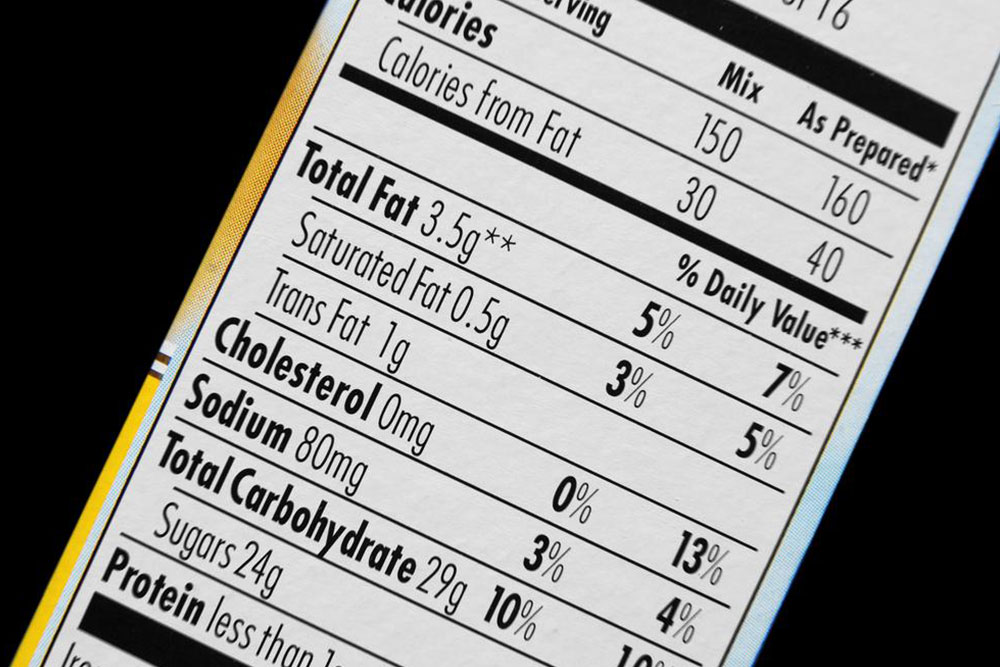
Understanding the Importance of an Alkaline Food Guide
The survival of all living beings depends on maintaining the right pH balance in their environment. The human body, in particular, requires a blood pH of around 7.4 for optimal health. Achieving this balance involves both external factors and internal dietary choices. Consuming an alkaline-rich diet helps keep bodily fluids balanced, preventing health issues caused by excess acidity.
Foods with a pH above 7 are considered alkaline, and adhering to an alkaline dietary plan can support overall health by balancing body pH levels. An alkaline diet emphasizes fruits, vegetables, and other nutrient-rich foods to promote proper bodily functions.
Maintaining a slightly alkaline environment is vital for health. When blood pH drops below 7, various health problems arise, as the body draws minerals like calcium and potassium from bones and organs to restore balance. Excess acidity can cause long-term damage, highlighting the importance of following an alkaline food plan.
The typical Western diet often features acid-forming foods such as processed grains, sugars, and meats, while alkaline foods like fruits and vegetables are consumed less. To promote health, increasing intake of alkaline foods and reducing acidic foods is recommended. Eating raw foods, staying hydrated with lemon-infused water, and avoiding processed items can help alkalize your body.
Creating a comprehensive alkaline food chart is an essential first step. Key points include including plenty of colorful fruits and vegetables, whole grains rich in fiber, and avoiding processed and packaged foods. Limiting acidic beverages like soda and artificial drinks further helps maintain balance.
Fruits and vegetables should dominate your diet
Opt for whole grains high in fiber and nutrients
Avoid processed, refined foods
Limit consumption of soda, artificial sweeteners, and flavored drinks
Include fiber-dense options like broccoli, berries, cabbage, and nuts
Highly alkaline foods include broccoli, honey, asparagus, watermelon, spinach, bananas, celery, carrots, potatoes, beans, almonds, and tofu. Moderately alkaline options encompass apricots, brown rice, mangoes, fish, coconut milk, pineapples, raspberries, and walnuts. Foods such as vinegar, canned goods, organ meats, oysters, cheese, and fried foods are acid-forming and should be minimized.
Balancing your diet involves emphasizing alkaline and moderately alkaline foods while limiting acidic items. Some enthusiasts include alkaline water in their routines, but it's essential to test its effects personally.
Sample alkaline meal plan:
Breakfast: Egg, low-fat yogurt, and grapefruit help kickstart your day with alkalinity.
Lunch: Salad with leafy greens and roasted chicken maintains pH balance through a mix of alkaline and acidic foods.
Dinner: Broccoli, green beans, and brown rice keep the diet balanced before rest.
Following an alkaline food guide supports long-term vitality and well-being. Incorporating fresh, whole foods boosts bodily functions, detoxifies, and leads to a healthier lifestyle.

